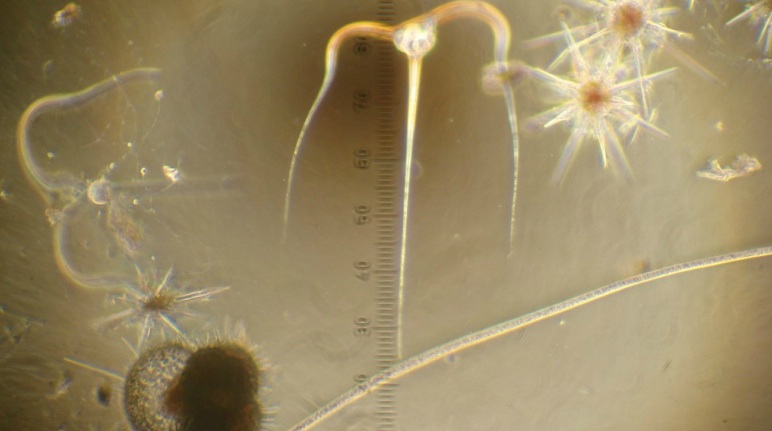 Packaging certain insecticides inside tiny plastic pellets may amplify their toxicity in the environment, a new study suggests. The same chemical used naked — suspended only in water — was significantly less toxic than its capsulated counterpart, researcher Stacy Harper reported recently in the journal Environment International.
Packaging certain insecticides inside tiny plastic pellets may amplify their toxicity in the environment, a new study suggests. The same chemical used naked — suspended only in water — was significantly less toxic than its capsulated counterpart, researcher Stacy Harper reported recently in the journal Environment International.
The chemical in question (a “pyrethroid” whose active ingredient is called “lambda-cyhalothrin”) is widely used by farmers to rid their crops of pests such as aphids, Colorado beetles and butterfly larvae. Sold under labels like Demand, Karate and Warrior, these insecticides often come to the marketplace encased in microscopic or nano-sized capsules, says Harper, an environmental toxicologist at Oregon State University.
Encapsulation is thought to improve the product’s dispersal and durability, she explains. For her study, she wanted to know whether capsule size matters in the level of risk to animal and human health. The answer turned out to be no, at least for this study. When she exposed the embryos of zebrafish to the chemical in a range of dosages, she found that capsules of all sizes were equally toxic to the embryos, causing tremors, paralysis, malformations (brain, eyes, fins and other organs) and death.
The big surprise was that the chemical alone, minus the capsules, was far less toxic to the developing fish. Going forward, Harper says, zeroing in on the toxic impacts of using capsules and other “carriers” for chemicals will be critical to making sure current environmental protections are adequate.




